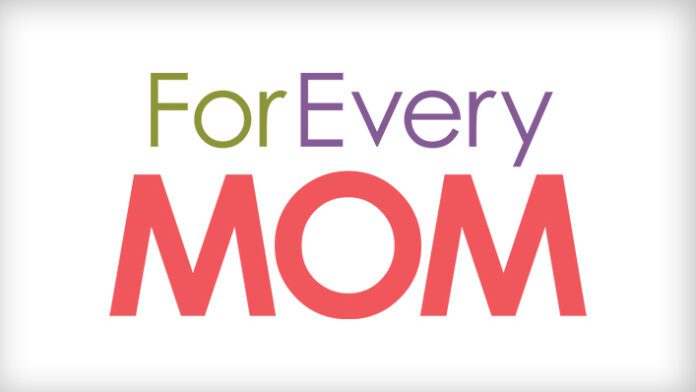Sometimes fair does not mean equal. Here are two lessons you can teach your kids or student about fairness.
“But mom, there’s this kid in the classroom and he gets all this extra help and attention. It’s not fair.”
How many kids feel this way? As they sit in the classroom concentrating on their work, they see some students receive extra help, extra time, limited choices, and even the option to work with another teacher. Sometimes these other students even get to take a different test, move to another part of the classroom, or wear headphones.
There are so many things happening that are different for some kids than for others. It’s confusing and it’s a completely legitimate concern and feeling for many students, especially when the situation isn’t explained. But there’s another side.
As teachers, we can’t explain specifics regarding why some students get more attention than others. The individual reasons are confidential. So we have to get creative. I was a special education teacher in the public school system for seven years. Now preparing future teachers at the university level, I have a trick I’d like to pass on to you for use in the home or the classroom.
Honestly, I don’t even remember how I came up with it. But it is, by far, the most effective way I’ve ever found to explain accommodations and extra help for students with disabilities to the entire classroom or to your own children without singling anybody out. It’s a method I feel should be used in every classroom at the beginning of the year because it promotes acceptance and understanding. Kids act out or become upset often out of fear of the unknown.
So explain it to them. Teach them. Help them understand why some get more help. And feel free to use my methods.
2 Fairness Lessons for Elementary Students:
-
The Dollar Bill Hanging From the Ceiling
As my students walk into the classroom and take their seats, they notice two crisp dollar bills hanging next to each other from the ceiling. As they filter in, I slyly choose two students (one much taller than the other) and ask them to join me in the hall for a moment. I explain to them what I will be demonstrating and ask their permission to help me. If their intended role makes them uncomfortable, I choose other students and ask the same. I’ve never had anyone not okay with helping, but being respectful is of the utmost importance to me for this demonstration.
As all students take their seats, the two students helping me come to the front of the class and stand directly underneath the dollar bills hanging above their heads. I announce to the class that the first student to reach his or her dollar bill will get to keep BOTH of them. Our class counts down together, “1, 2, 3, GO!” Immediately, the taller student grabs the dollar bill and wins the contest. We all clap as I hand both dollar bills to the taller student. Both students take their seats and I pretend that’s the end of the demonstration and continue on with class.
But inevitably, I overhear some whispers. “That wasn’t fair.” And so I use the whispers to my teaching advantage. I announce, “You know what, guys? I’m hearing some whispers that my contest wasn’t fair. What do you think?” We then begin a conversation about the fact that it’s nobody’s fault that one student was taller and the other wasn’t able to reach. So what can we do?
I call the same two students up and hang the dollar bills from the ceiling again. This time, I allow the shorter student to stand on a chair underneath one dollar bill. Same rules. “1, 2, 3, GO!” Inevitably, both students reach for their own dollar bill and get to it at the same time. Nobody gets two this time because it was a tie. Both students get to keep their own dollar bill. So what just happened? It’s now time to explain this to the classroom.
We leveled the playing field. You see, a chair is an accommodation not unlike extended time, fewer choices, headphones, or leaving the classroom. Both of these students, regardless of their height, deserved to reach the same goal in the end. They both equally deserved that dollar bill and it wasn’t the fault of the shorter student that he or she hasn’t grown as tall as the other. The rules just weren’t fair.
Education is no different. Some students have difficulties or even disabilities we can’t see. The material we study can’t be identical for every student. Sometimes they just need a chair. Sometimes we have to make adjustments for students in order to allow them to get to the same goal as everyone else. We all deserve the best education. We all deserve to reach our goals, but some of us just need a little more help because of the way we were born.



